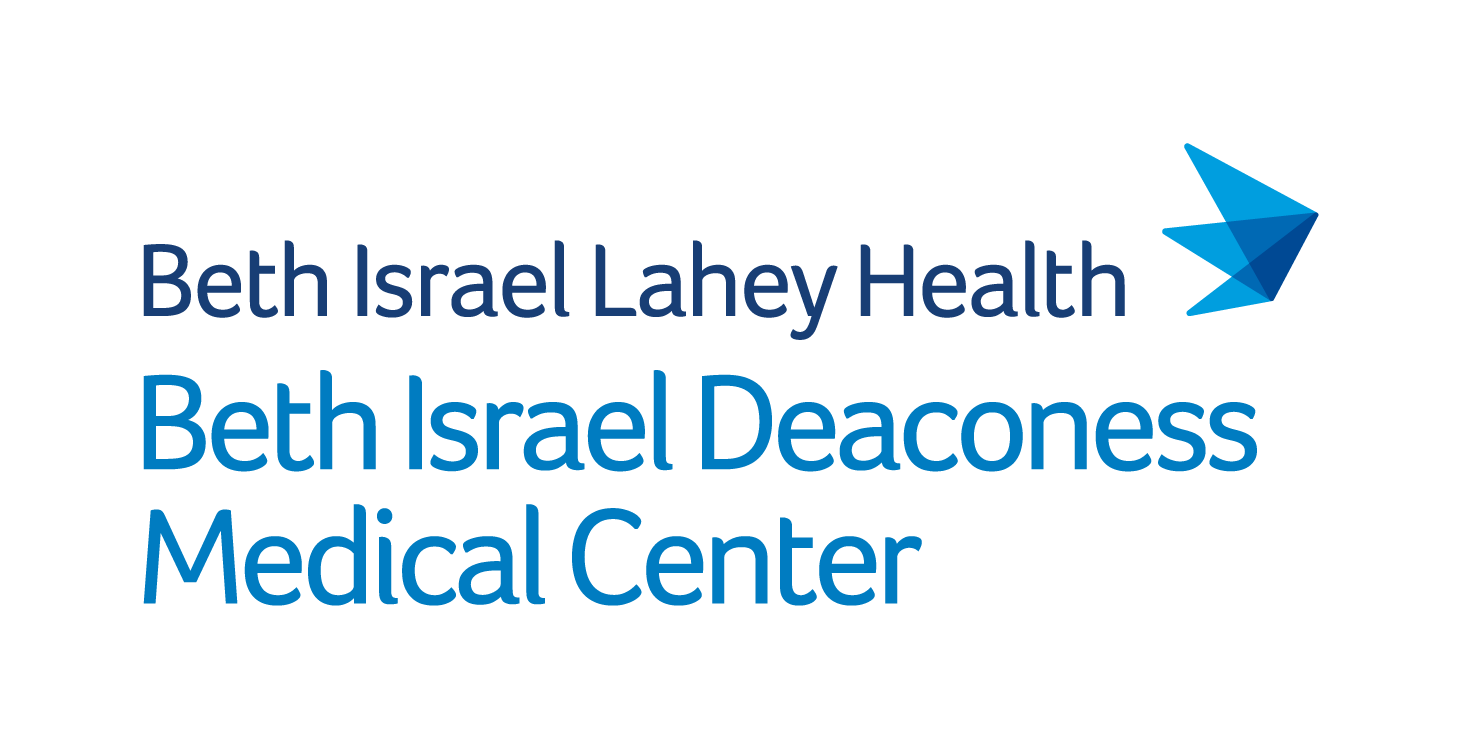BACKGROUND: Breast tumor immune infiltration is clearly associated with improved treatment response and outcomes in breast cancer. However, modifiable patient factors associated with breast cancer immune infiltrates are poorly understood. The Nurses' Health Study (NHS) offers a unique cohort to study immune gene expression in tumor and adjacent normal breast tissue, immune cell-specific immunohistochemistry (IHC), and patient exposures. We evaluated the association of body mass index (BMI) change since age 18, physical activity, and the empirical dietary inflammatory pattern (EDIP) score, all implicated in systemic inflammation, with immune cell-specific expression scores.
METHODS: This population-based, prospective observational study evaluated 882 NHS and NHSII participants diagnosed with invasive breast cancer with detailed exposure and gene expression data. Of these, 262 women (training cohort) had breast tumor IHC for four classic immune cell markers (CD8, CD4, CD20, and CD163). Four immune cell-specific scores were derived via lasso regression using 105 published immune expression signatures' association with IHC. In the remaining 620 patient evaluation cohort, we evaluated association of each immune cell-specific score as outcomes, with BMI change since age 18, physical activity, and EDIP score as predictors, using multivariable-adjusted linear regression.
RESULTS: Among women with paired expression/IHC data from breast tumor tissue, we identified robust correlation between novel immune cell-specific expression scores and IHC. BMI change since age 18 was positively associated with CD4+ (β = 0.16; p = 0.009), and CD163 novel immune scores (β = 0.14; p = 0.04) in multivariable analyses. In other words, for each 10 unit (kg/m2) increase in BMI, the percentage of cells positive for CD4 and CD163 increased 1.6% and 1.4%, respectively. Neither physical activity nor EDIP was significantly associated with any immune cell-specific expression score in multivariable analyses.
CONCLUSIONS: BMI change since age 18 was positively associated with novel CD4+ and CD163+ cell scores in breast cancer, supporting further study of the effect of modifiable factors like weight gain on the immune microenvironment.

